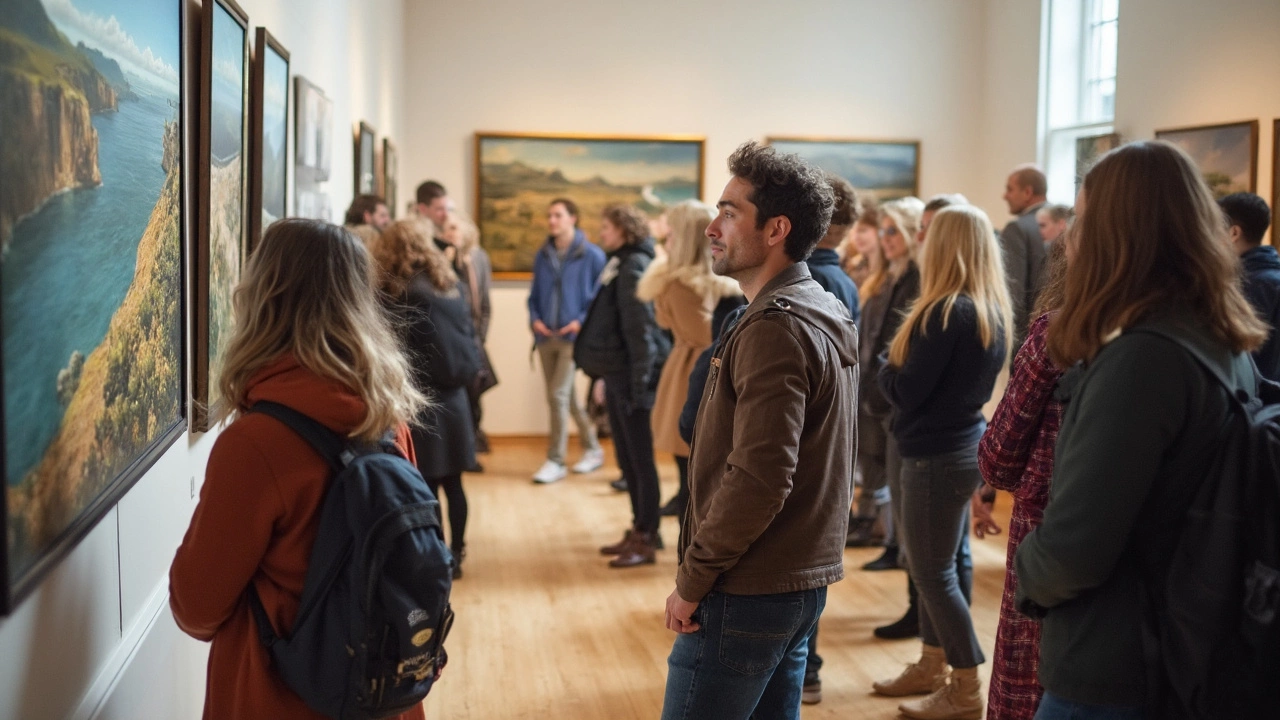Realism Art – Tips, Techniques and Inspiration
Realism art tries to look just like real life. It’s about capturing details, light, and texture so the viewer feels the scene could be real. Whether you work with oil, watercolor, or clay, the goal stays the same – make the subject believable.
Key Techniques for Realistic Painting
Start with a good reference photo. Look at the light source, shadows, and how colors change from dark to light. Sketch lightly to get the proportions right before you add paint. When you apply paint, use thin layers (glazing) to build depth. This works especially well with oil, where you can adjust colors over time.
Don’t rush the drying stages. If the paint is still wet, you can smooth edges or blend colors. For dry layers, you can scrape off mistakes and repaint, or use a soft brush to lift excess paint. The article “How to Fix Mistakes in Oil Painting” explains safe ways to repair wet, tacky, or dry layers, which is handy for realism work.
Use a limited palette. Pick a few colors that match the scene and mix all shades from them. This helps keep the painting unified and avoids clashing hues. Add tiny details only after the overall form looks right – a quick glance should already feel realistic.
Realism Across Different Mediums
Realism isn’t just for paint. In sculpture, the same eye for detail matters. The post “Easiest Sculptures for Beginners” shows simple projects that let you practice carving shapes before moving to detailed figures. Even cheap materials can produce convincing results if you focus on texture and proportion.
Portraits are a classic test of realism. The piece “Do Portrait Painters Still Exist?” explores how modern artists still get commissions and what clients expect. A realistic portrait often hinges on getting the eyes right – they need to catch light and follow the viewer, as explained in “Eyes in Portraits”.
If you enjoy digital work, you can still apply realism principles. Start with a hand‑drawn sketch, then use digital tools to add shading and texture, just like the guide “Turn Traditional Drawings into Digital Art”. The same rules of light, color, and detail apply.
Observation is the backbone of realism. Spend time looking at real objects, not just photos. Notice how texture changes under different lighting, how colors shift with distance, and how tiny imperfections give a subject character. Sketch quick studies from life – a coffee cup, a street scene, a hand. These studies train your eye and make studio work faster and more accurate.
Even today, many contemporary artists blend realism with other styles. You might see realistic figures placed in abstract backgrounds or combined with digital effects. This mix can make your work stand out while still showing solid technical skill. Don’t be afraid to experiment – a realistic base gives you flexibility to add creative twists.
Remember, realistic art isn’t about copying every detail perfectly; it’s about making the viewer feel the scene is real. Keep practicing, use the tips above, and you’ll see steady improvement in your paintings, portraits, or sculptures.

15 May 2025
Discover who truly captured nature with jaw-dropping accuracy in landscape painting. This article digs into the roots of realistic landscapes, highlights top artists, and shows how these painters turned rough sketches into lifelike scenes. You'll grab practical tips on spotting realism and some fun trivia that makes the art world way less stuffy. Whether you're an art newbie or just want to drop some facts at your next hangout, we've got you covered.
Continue reading...
